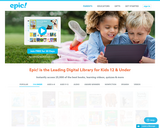
Epic! is a website that gives access to over 20,000 books for kids 12 and under, including audio and read to me books.
- Subject:
- English Language Arts
- Material Type:
- Reading
- Provider:
- Epic Creations, Inc.
- Date Added:
- 03/20/2018

Epic! is a website that gives access to over 20,000 books for kids 12 and under, including audio and read to me books.
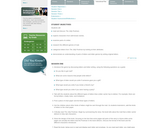
In this lesson, The Jolly Postman is used as an authentic example to discuss letter writing as a genre. Students explore the letters to the storybook characters delivered by The Jolly Postman. They then learn how to categorize their own examples of mail. The Jolly Postman uses well-known storybook characters, from fairy tales and nursery rhymes, as recipients of letters. This children's storybook is therefore ideal for using as a review of these genres of literature and as a means of helping children begin to explore rhyme and a variety of writing styles. Several pieces of literature appropriate for use with this lesson are suggested.

Paraphrasing helps students make connections with prior knowledge, demonstrate comprehension, and remember what they have read. Through careful explanation and thorough modeling by the teacher in this lesson, students learn to use paraphrasing to monitor their comprehension and acquire new information. They also realize that if they cannot paraphrase after reading, they need to go back and reread to clarify information. In pairs, students engage in guided practice so that they can learn to use the strategy independently. Students will need prompting and encouragement to use this strategy after the initial instruction is completed. The lesson can be extended to help students prepare to write reports about particular topics.
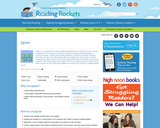
Jigsaw is a reading comprehension strategy encouraging cooperative learning among students.
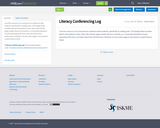
I use this resource in my classroom to conference with students, specifically in reading class. The Google Sheet includes tabs for the student's name, date, title of book, page number they are currently on, a connected standard I may be assessing at the time, and notes about their performance. Students can also read a page or two aloud as a quick fluency check.
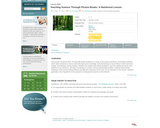
This is a lesson for tropical rainforests that fits best for third- through fifth-grade students. There are multiple reading and writing strategies implemented within the lesson. Throughout the lessons, there will be opportunities to build upon prior knowledge, write, draw, and listen to sound effects of the rainforest. Students will use graphic organizers and websites to aid in the understanding and learning of rainforests. There are also extension lessons for students to create a list of questions in small groups to research. Throughout these lessons the students will be exposed to multiple media sources.Â
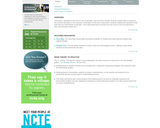
This lesson uses the book Thunder Rose by Jerdine Nolen to reinforce the common elements, or text structure, of tall tales. As the text is read aloud, students examine the elements of the book that are characteristic of tall tales. Then using what they've learned over the course of the unit and lesson, they write tall tales of their own.
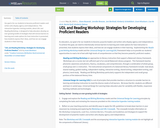
Our goal is for our students to become proficient readers and writers who display agency and independence. This interactive hyperdoc training module, about UDL and Reading Workshop, is designed to help educators develop an ever-growing toolkit of strategies that will remove barriers to learning and create options for how instruction is presented, how students express their ideas, and how we can engage students in their learning.
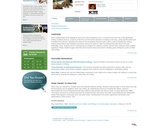
After reading Water Hole Waiting by Jane Kurtz and Christopher Kurtz, or another book that has a well-developed setting, students work as a class to chart the use of the three elements of setting in the story, using specific words and examples from the text. Students then discuss the techniques that the book’s author used to develop the setting, making observations and drawing conclusions about how authors make the setting they write about vivid and believable. Next, students work in small groups to analyze the setting in another picture book, using an online graphic organizer. Finally, students apply what they have learned about how authors develop good settings to a piece of their own writing.